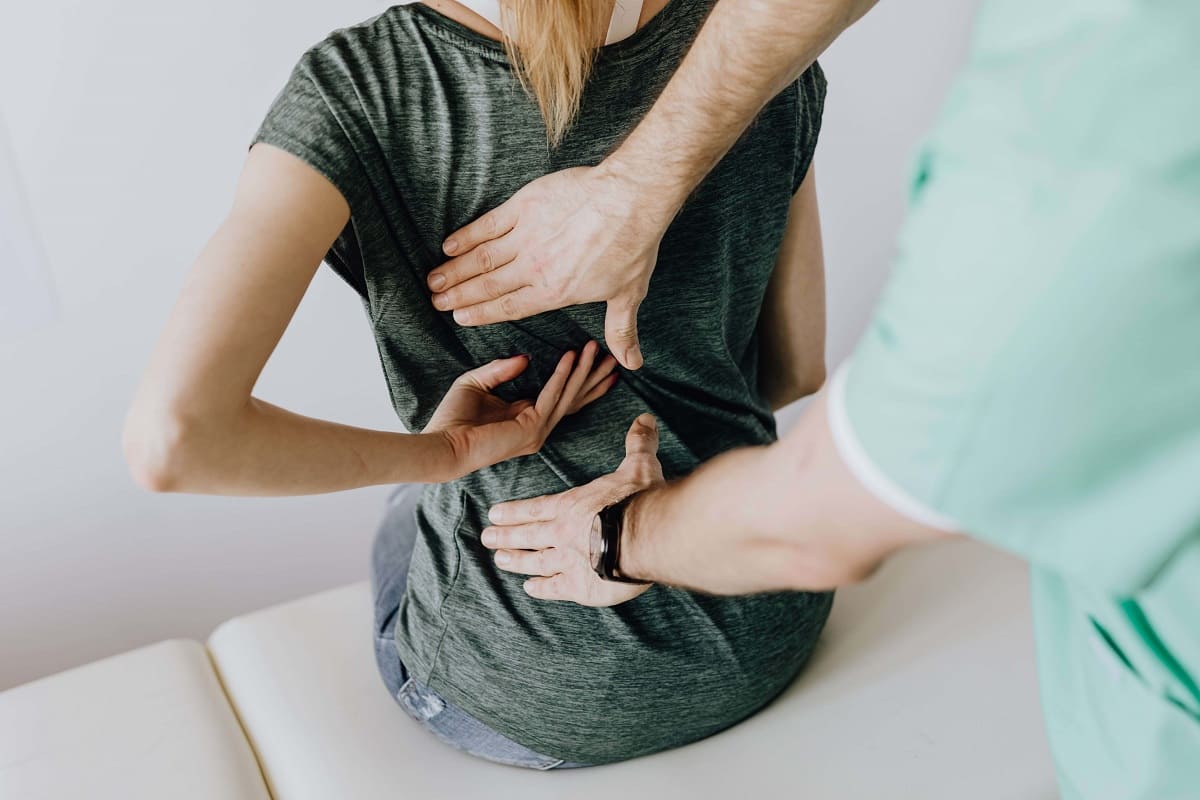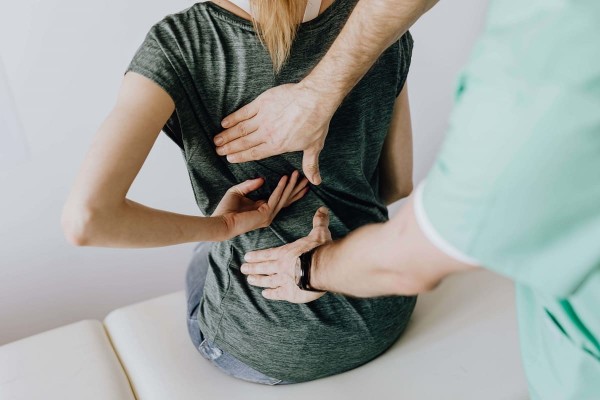If 2020 has taught us anything, it’s that we can’t take mobility for granted. As a physiotherapist, you probably know this better than most, being someone who is constantly working to help bodies become more agile and free. But as the world went into lockdown, thousands of people who depend on physiotherapists and chiropractors to lead pain-freelives were stuck at home, sometimes all by themselves, without any help. As a physiotherapist who derives a great sense of purpose from helping people live their best lives, it surely must have been frustrating during these last few months as you were forced to stand by and watch on as people struggled without your help. To have the know-how and skill to help them, but still not be able to do much is painful indeed.
Perils of the Pandemic
Unfortunately, this situation does not seem to have fully blown over yet. Many people arestill choosing to sequester themselves, and as the effects of the virus are still being seen, loads of people – even though they are suffering from pain - are continuing to avoid venturing out and seeking help only to avoid the risks associated with it at the moment. Another sweeping lifestyle change that has accompanied the coronavirus pandemic is the unexpected rise in work-from-home set ups. Every occupation that does not expressly require physical presence has been relegated to being conducted from one’s home. In addition to that, with many companies now learning that most jobs do not actually require a lot of in-office hours, remote working is likely going to be ever a more common mode of operating for millions of people, even beyond the duration of the pandemic.We’re seeing that as a result of prolonged periods of working at home, many people are experiencing new aches and pains that they didn’t face earlier. That’s because even though you may not have realized it, most offices furnish the workstations with furniture that is designed to adhere to ergonomic standards. It’s a classic case of not treasuring what you have until it’s lost! Only, now there’s the added worry of not being able to seek help because help in this case is more of a worry than anything else! As a conscientious physiotherapist, you of course want to encourage your patients to limit their risks and stay safe. You may be wondering–is there any way tohelp your patients without exposing them to the risk of an infection?
Backpod as an Aid to Therapy
The Backpod® is the perfect solution to your problems! It was developed by–you guessed it- a physiotherapist, and he envisioned it being used as an aid during treatment plans. Steve August, a manual physiotherapist with more than 35 years of experience, designed the Backpod® to serve as an ideal adjunct to manual or manipulative therapy.
The Backpod® was developed to deal specifically with the problems that come associated with hunching over our screens for long periods of time. Continuous hunching is seen to cause shoulder and upper back pain due to a locking in spinal apophyseal (facet) or costovertebral (CV, posterior rib) joints. Manipulation is excellent for unlocking these jammed joints, but they usually won’t stay free for too long. This is because the surrounding tightened capsules and ligaments have tightened around the immobile hinge and also need to be stretched out.
The Backpod® is ideal for this, so you get a long-term solution, not just a temporary fix. In fact, its design has not only helped thousands, but also garnered several international design awards to its credit. What makes the Backpod® special is the attention to detail–right from the grooves in the polycarbonate core that mimic the effect and impact of the interlocked fingers of the physiotherapist on the back of apatient to the outer soft skin that has just the right amount of give to make the experience more pleasant for the patient.
Using the Backpod® in your treatment
Lying back on the Backpod for several minutes daily will give your patient a strong sustained stretch to the shortened ligaments and capsules around the joints and quietly reduce an excessive thoracic kyphosis.The Backpod’s one size suits everyone, as lighter people needing a milder stretch bring less body weight to bear on the Backpod. The pressure can be graded for the thoracic facets by positioning the Backpod longitudinally under the spine (a gentler curve) or transversely (a sharper curve, hence more stretch pressure); and by using pillows under the patient’s head and even layers of fluffy towel over the Backpod itself. The tighter transverse curve of the Backpod means that turning it sideways across the spine gives a stronger stretch, if this is needed.The Backpod works particularly well after manipulation, when the joints have been definitively unlocked so they will move to allow the stretch pressure to directly reach the surrounding collagen. It is also effective before manipulation, to produce some loosening of the hypomobile segments first and make the manipulation easier, both for the therapist and the patient. Of course, it’s important that you observe the usual precautions and contraindications that you naturally pay attention to from your years of skill and training.
Please visit the link below to learn more about how you can work with Bodystance.
For a more in-depth guide to using the Backpod® in your practice to treat various conditions that affect the middle/upper thoracic spines, please visit https://www.bodystance.eu/der-backpod/1/backpod
BackpodTV
Wir haben eine umfangreiche Auswahl an Tutorials und informativen Videos erstellt und auf Youtube veröffentlicht, damit Sie bequem darauf zugreifen können.


